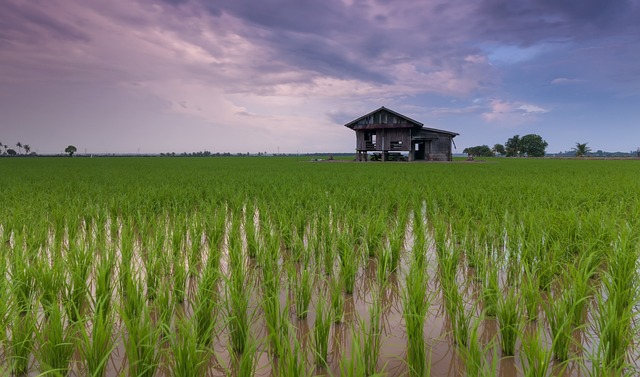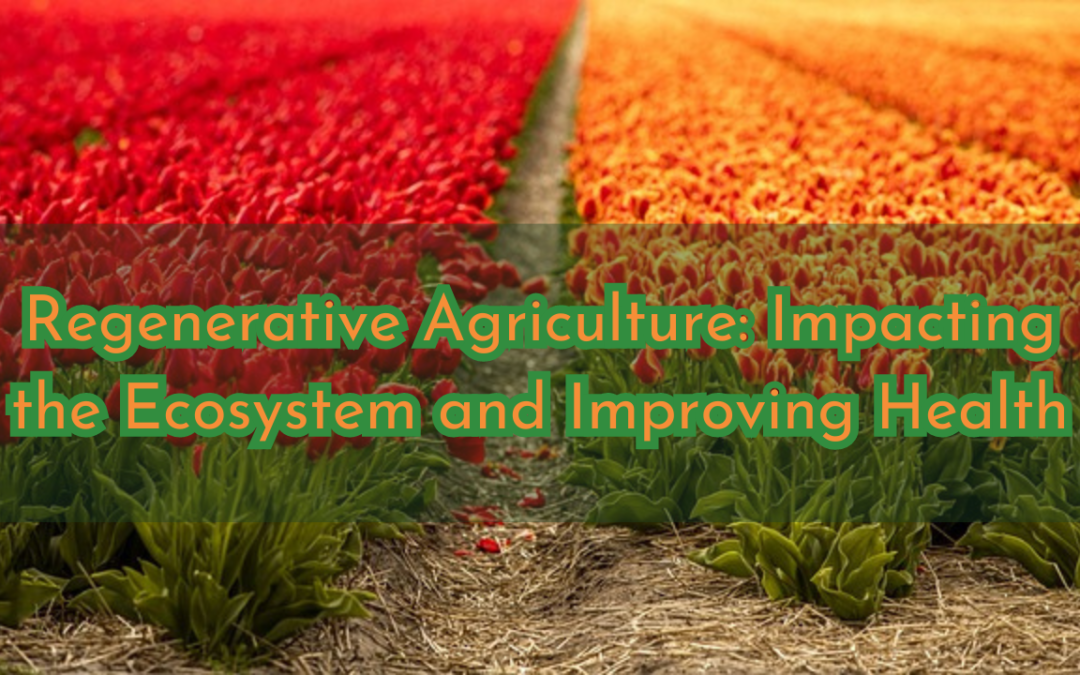Regenerative agriculture is a good blend of tradition and sustainable innovation as it primarily focuses on the regeneration of soil and the ecosystem. This holistic approach to farming is practiced in a way that encourages continuous on-farm innovation, aiming to improve soil health and the environment. In addition to reinforcing and enhancing the ecosystem, practicing regenerative agriculture is also beneficial to farmers as it improves economic stability.
Regenerative agriculture is undertaken with a focus on the holistic view of the land. Farming is conducted in a manner that takes into consideration the soil, water, biodiversity, crops, and livestock, among other elements within the ecosystem. Various practices and techniques are utilized to help achieve the desired results. Regenerative agriculture also enhances ecological processes and ecosystem services such as carbon sequestration, nitrogen fixation, nutrient cycling, natural pest control, and improved water cycles.
Why is Regenerative Agriculture Important?
Due to the effects of climate change, farmers consistently face unpredictable climate challenges, increased pest and disease outbreaks, chemical effects, and soil degradation. Conventional farming methods have contributed to the reduction of land productivity, leading farmers to become more dependent on the use of fertilizers. Conventionally managed soil becomes decarbonized, impacting its capacity to retain and infiltrate water.
As a result, more irrigation is required as the soil loses its ability to retain water, rendering it dry most of the time. According to a report from the Global Symposium on Soil Erosion in 2019, if the current rate of soil loss continues, along with processes such as chemical pollution, decarbonization, desertification, salinization, and erosion, there will be no functional topsoil to support feeding the growing population within the next 60 years. This will ultimately pose serious challenges to public health.
There is a pressing need to transition from conventional agriculture to a farming system that can help sequester carbon in the ground, support biodiversity, rebuild soil health, and ensure sustained crop yields in the long term. Healthy and living organic topsoils are known to retain water, store carbon, and preserve and recycle nutrients. Regenerative agriculture is a system that sequesters carbon from the atmosphere and has the potential to reverse the impacts of climate change.

Who Can Practice Regenerative Agriculture?
Regenerative agriculture is a farming approach that can be practiced by any farmer serious about positively impacting their land. From small farmers to big agribusiness companies, regenerative agriculture has been proven to help improve and restore soil health and its properties. It also enhances biodiversity and water capture and retention. The practice of regenerative agriculture is a journey that requires a commitment to achieve the desired results.
One can begin by focusing on one aspect and gradually expanding to other areas that require improvement. Climate change has become a significant issue affecting humanity and other living organisms worldwide. Learn how you can effectively practice regenerative agriculture to help mitigate the impact of climate change. Visit EAT Community for valuable information on the subject.
Are you ready to take action?
Are you ready to make a positive impact on our environment and contribute to a sustainable future? Join the movement toward regenerative agriculture today!
Regenerative agriculture is a powerful solution that can restore our soil health, enhance biodiversity, and mitigate the effects of climate change. Whether you’re a small-scale farmer or part of a large agribusiness, you have the opportunity to make a difference.
Start by educating yourself on the principles and practices of regenerative agriculture. Learn how to implement sustainable farming techniques that prioritize soil regeneration, water conservation, and natural pest control. Explore resources, attend workshops, and connect with experts in the field to gain valuable insights.
Commit to a journey of continuous improvement and innovation. Begin with one aspect of regenerative agriculture and gradually expand to other areas where improvement is needed. Every step you take towards sustainable farming practices will contribute to the resilience and health of our ecosystems.
By practicing regenerative agriculture, you not only contribute to the well-being of our planet but also enhance your own economic stability. Healthy soil, carbon sequestration, and improved water cycles lead to increased productivity and long-term sustainability.
Join the global effort to combat climate change and protect our future generations. Our EAT Community allows you to access valuable information and resources on regenerative agriculture. Start implementing these practices today and be part of the solution.
Together, let’s create a thriving ecosystem, improve public health, and build a sustainable future through regenerative agriculture. Take action now and be the change our world needs.



